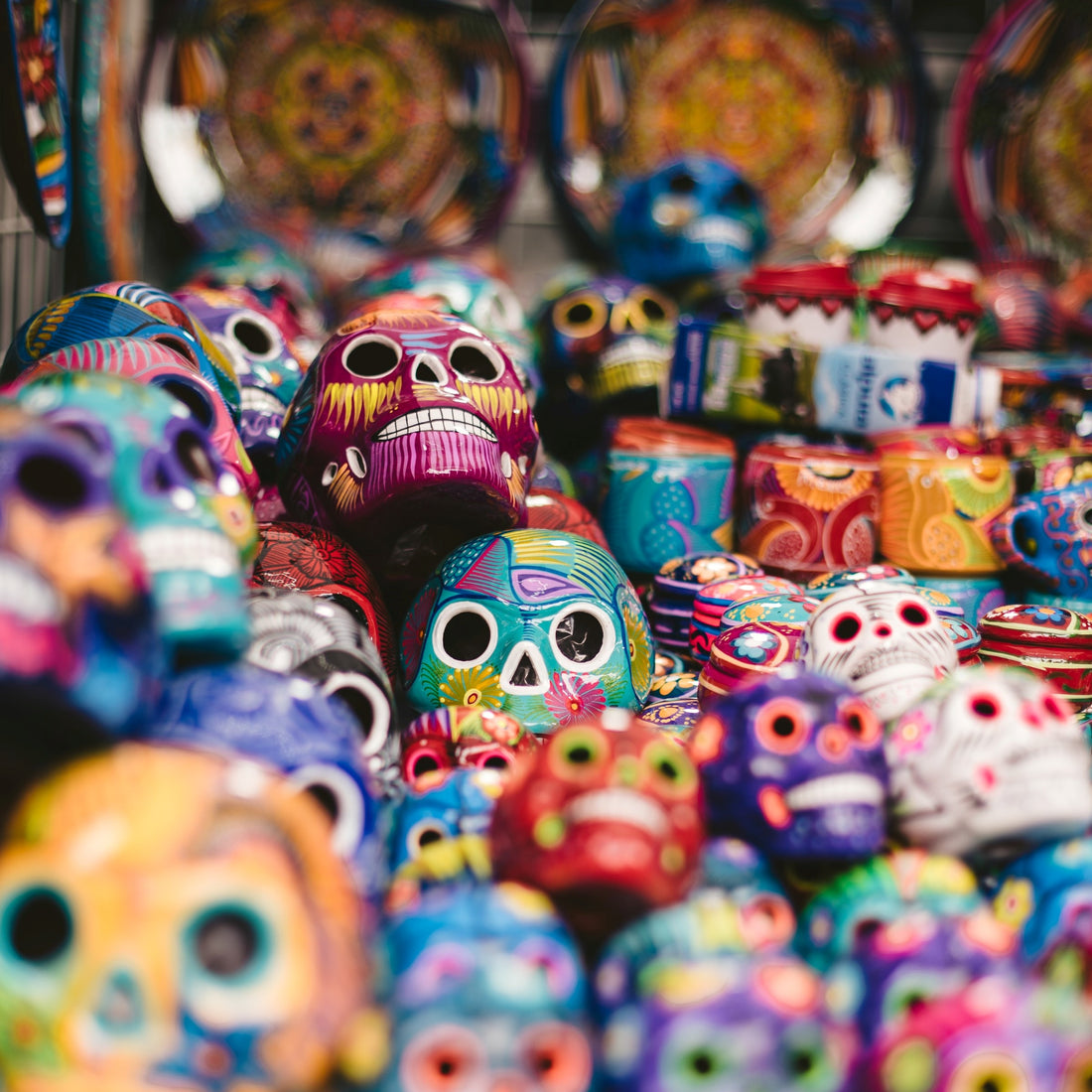
Mexico: coffee with extra flavor
Share

Mexico, or The United Mexican States as is the official name, is our coffee-loving neighbor to the South. They, like us, love coffee and drink it everyday, but they have a more active role in this world because Mexico grows a lot of high-quality coffee.
Mexico takes its name from the site which was once the center of the Aztec empire. This empire lasted for a few centuries until the Spanish arrived here.
It’s easy to imagine what differences they may have had upon meeting each other, so let’s talk about something they had in common: coffee.
The Spanish quickly realized that the Aztec people indulged in a beverage that looked a lot like coffee. It was brown/black, smelled roasty, was bitter, and was to be had hot. Could it be that the Aztecs were partaking in this beverage that —at the time— the European aristocracy loved so much?
Well, it turns out it was cocoa. The Aztecs had already figured out, god knows for how long, that if you took the seeds out of the cocoa fruit, roasted them and ground them, you could make a killer beverage. It was a lot like coffee— it even had a decent amount of caffeine!
History of coffee in Mexico
Unlike the rest of Latin America, Mexico discovered coffee quite late in the game. It only became somewhat popular as a drink in the late 18th century, whereas countries like Colombia were already exporting big quantities of the good stuff, and it wasn’t until the 19th century that Mexico started farming its own beans for local consumption.
But the market for coffee experienced a huge boom, particularly in the US, after the 1950s. And there are few places in the US where you would find ideal conditions for coffee growing - and there’s only one place nearby where Americans could get their coffee beans; Mexico.
And so this started a growth in coffee production that was incredibly fast - by the 1980s, coffee was one of the most important and profitable crops in all of Mexico.
Nowadays, a big part of the coffee consumed in the US is produced in Mexico - but usually under the supervision of American companies, which helps them keep costs low while still producing decent quality coffee.
Mexico and the US are trade partners, and coffee is one of the most important crops that they trade. It is much cheaper for the US to import coffee beans from Mexico -because it’s closer- than it is to import from other producers like Brazil, or Colombia.
Piloncillo and Mexican coffee
Mexico has a soft spot for the sweeter things in life. One of the most characteristic flavors of any type of coffee drink from Mexico is the sweetener that’s most popular in the country: Piloncillo.
Piloncillo is a form of raw, pure cane sugar - the lack of processing and refinement give this sweetener a combination of flavors that you can’t find in any other type of coffee.
Although very popular in a lot of countries in South America, Piloncillo is particularly popular in Mexico. It comes in a sort of triangle shape, and it is quite hard - you have to either slice off what you need or break it off with a spoon.
The reason why piloncillo became so popular in Mexican life is that, before the 20th century, it was incredibly expensive for any Mexican to find refined sugar, as most of the facilities were either in Mexico City or outside the country.
This gave rise to Piloncillo: To avoid unwanted expenses that would come with storage and transportation, the raw cane sugar went directly into huge pots, and was cooked until it all melted down - once it cooled down it became hard, and much easier to transport and preserve in perfect conditions.
So, whenever you want to make a Mexican-style coffee, remember that raw cane sugar is the way to go if you want to come as close as possible to the authentic flavor. And rustic ceramic cups are also ideal - they keep your coffee warm longer, and give it a rich, earthy taste that is enhanced if you add spices like cinnamon.
Mexican coffee
What is Mexican coffee like?
For one, it has a lot of spice to it. Certain regions contribute to a particular spice flavor, with the most famous one being clove and cinnamon. These are blends that have spice flavors so vivid that you’ll think it actually contains them.
It is bright, fruity, and has a certain wine-like taste to it because of the complex aftertaste. Chiapas, a region to the South of Mexico, borders with the famous Huehuetenango region of Guatemala, where a lot of its specialty coffee comes from. This is one of the most popular regions for Mexican coffee, as it has all the traits of the world-famous Huehuetenango coffee.
Conclusion
Mexico, a large and very diverse country which exports many things to the world, has come to attain world fame in recent decades for the taste of their coffee. A cup of Mexican coffee is, more often than not, a great cup of coffee.
